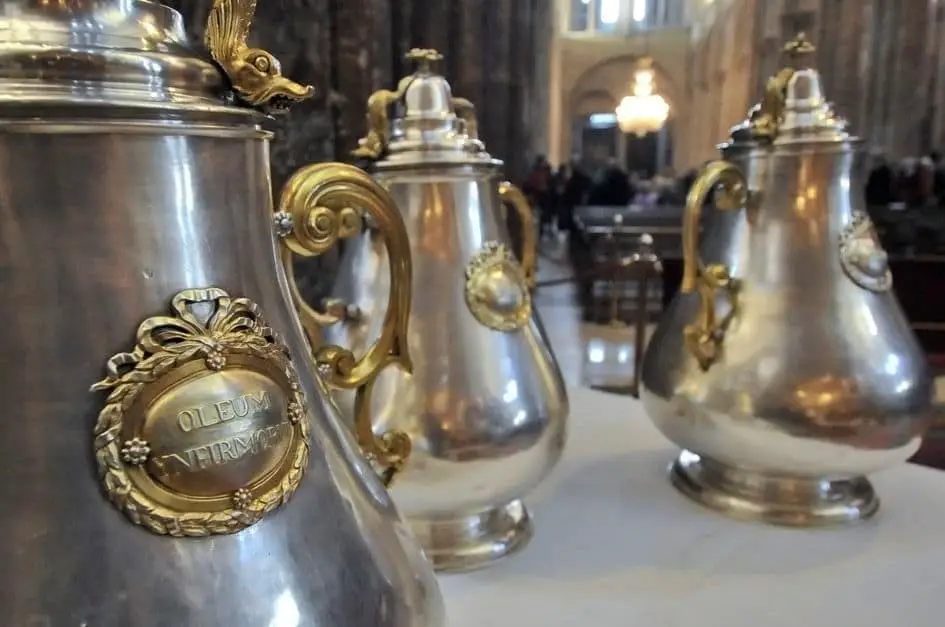St Tarcisius was a very charitable martyr. One of his main characteristics was his piety, as he gave his goods to the poor, as well as alms and money to prisoners. Find out more about the biography of St Tarcisius below.
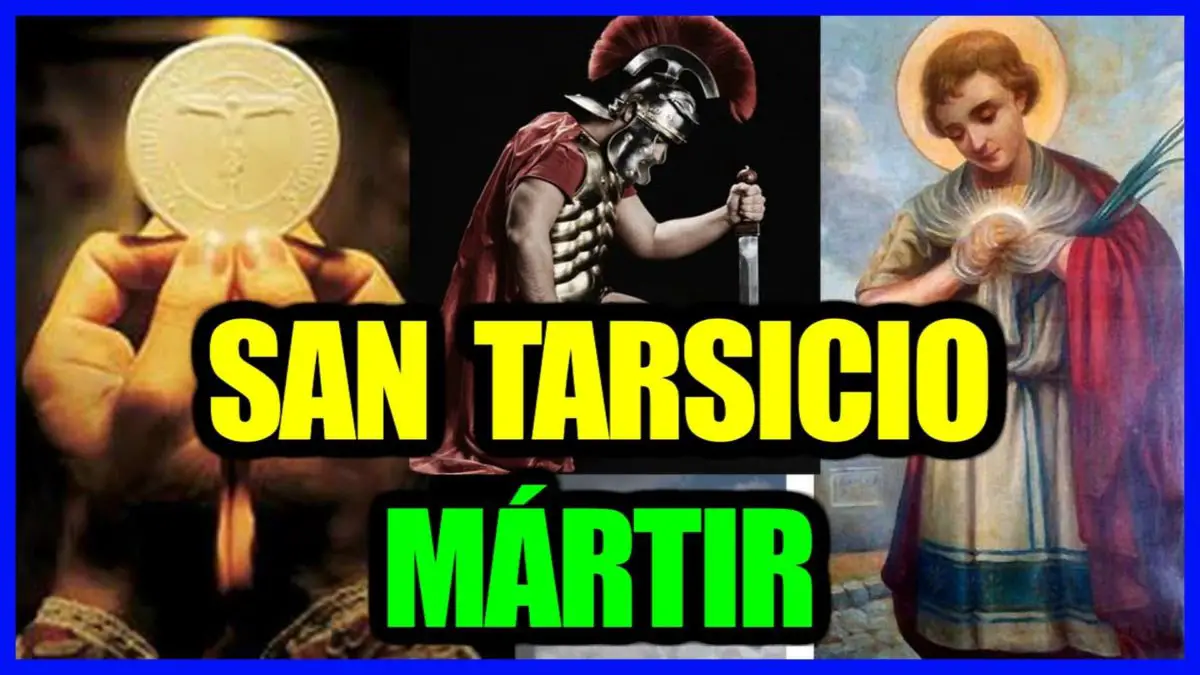
Biography of St Tarcisius
Little is known about St Tarcisius, except for the date of his death, which is believed to be between 257 and 258 A.D. Tarcisius was the assistant of several lay ministers and received the support of Pope Damasus I. It should be remembered that Damasus I was the great priest who opened the way for the intellectual formation of St Jerome. In the same way, he was the assistant of St Callixtus when it was necessary to say mass in grottoes.
The biography of St Tarcisius tells us that the saint made countless visits to various prisons to help the prisoners. On several occasions they tried to seduce him with pagan culture, but Tarcisius was always firm in his Christian convictions. In his efforts, he was able to convert many prisoners who did not believe in the Word of God to Christianity. Visits to the prison increased in proportion to his popularity.

A very difficult episode for St Tarcisius was the attempted robbery by a group of atheists. The young men tried to destroy the Eucharist he was carrying on his lap. This led to the saint’s martyrdom to protect his Eucharist and Christian ideals (see: How the early Christians died). The biography of St Tarcisius says that the boy resisted the robbers. The group of men then began to attack him with stones and sticks to force him to hand over the precious object.
Fortunately for him, a soldier who was passing by saw the scene with compassion. He went over to save St Tarcisius from the angry anti-Christian mob. The saint was happy to emerge from the mob partially unharmed, with the precious object in his arms. Tarcisius said many prayers for the salvation of all those lost souls.
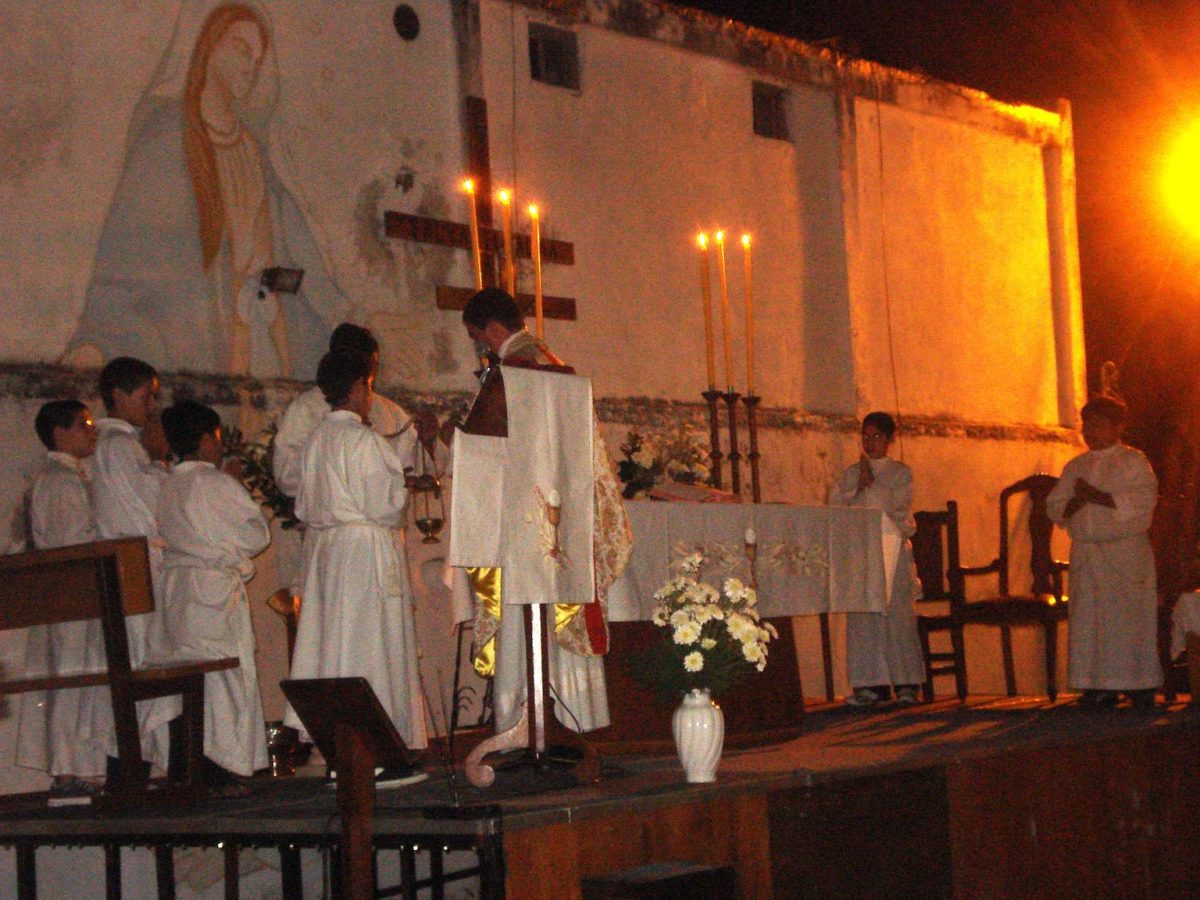
St Tarcisius in the Martyrology
St Tarcisius was included in the Roman Martyrology for his great deed in the face of the atheist boys. His perseverance, his courage and his pride in Christianity led to his name being written with joy in the chosen book. In this trait Tarcisio resembles Saint Irene, the beautiful woman who hid a Bible in her room in the face of the prohibition of the Christian religion.
The Catholic Church has given St Tarcisio his own feast day, 15 August, on which his followers gather to pay homage to him. According to the Book of Martyrdoms, Tarcisius died on the Appian Way thanks to a group of lazy people. Despite the blows he received, he did not survive, but the Eucharistic ciborium was not taken from him. Tarcisius was given a Christian burial in the same cemetery where his master, St Callixtus, was buried.
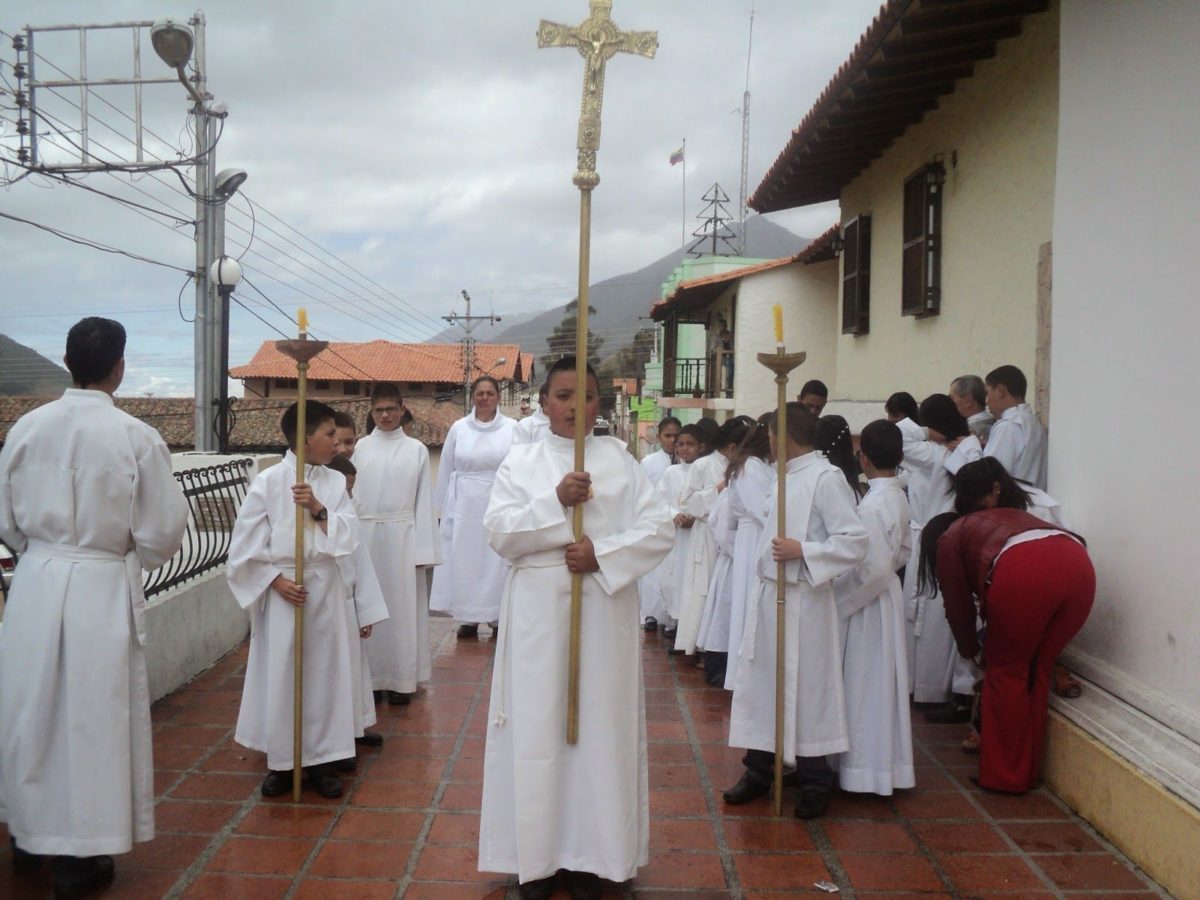
The biography of St Tarcisius tells us that Damasus I spent days mourning what had happened to Tarcisius. As a sign of solidarity, the Pope went to his tomb to engrave a very powerful inscription.
“For those who read this, it is always appropriate to remember the work of the great Tarcisio. Only his audacity is comparable to that of St Stephen. For this reason, I would like to dedicate this letter in my name to all those who circulate it. The majestic St Stephen suffered from stones to defend the interests of Jesus. This is a beautiful act on the part of both saints”.
“Tarcisius, on the other hand, was captured by some insidious people in order to steal the body of Christ. Before being robbed, he chose death. He held the sacred object of the Eucharist in his hands forever. He deserves the respect of all”.
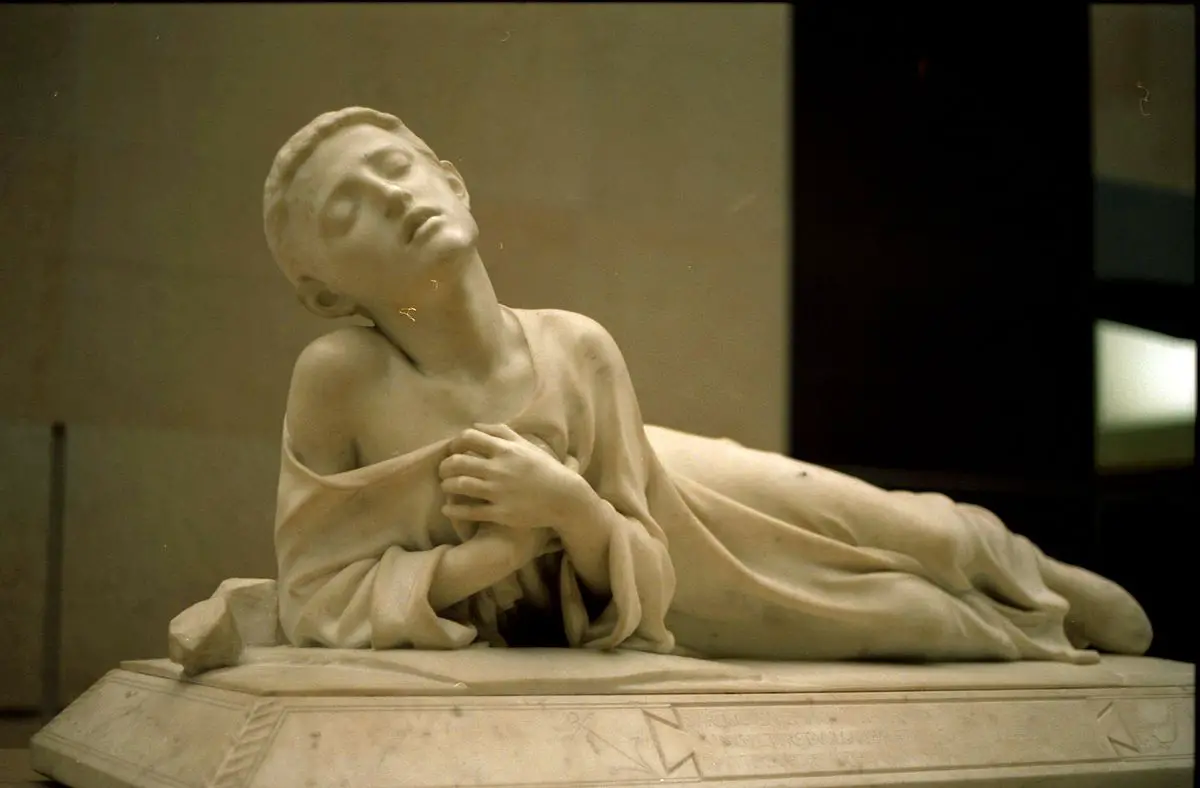
St Tarcisius in literature and sculpture
The biography of St Tarcisius has been depicted in various forms of art. Nicholas Wseman, for example, made the life and work of the saint known. The novena published in 1854 explained all the details of Tarcisius’ life. The book served to catapult the saint into the people’s sympathy and to adopt him as a patron saint. The biography of St Tarcisius tells us that the literary work was well received in the prisons that the saint visited in the past.
A famous woodcarver and sculptor called Alexandre Falguere presented the Musée d’Orsay with a sculpture called Tarcisius, the Christian Martyr. This relic was so popular that the artist decided to make copies of it and distribute them to churches and museums. The artist’s ingenuity led him to create an image of Tarcissus that was appropriate to the context in which he died, so he wore a draped dress to emphasise the effects of the blows from the stones.

